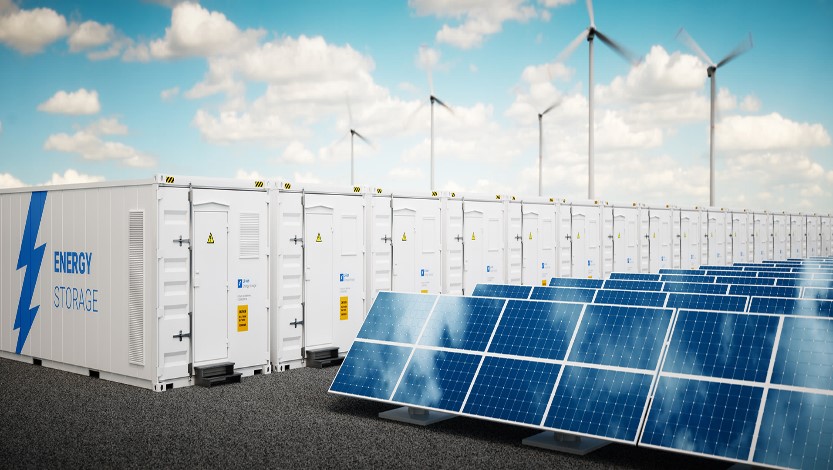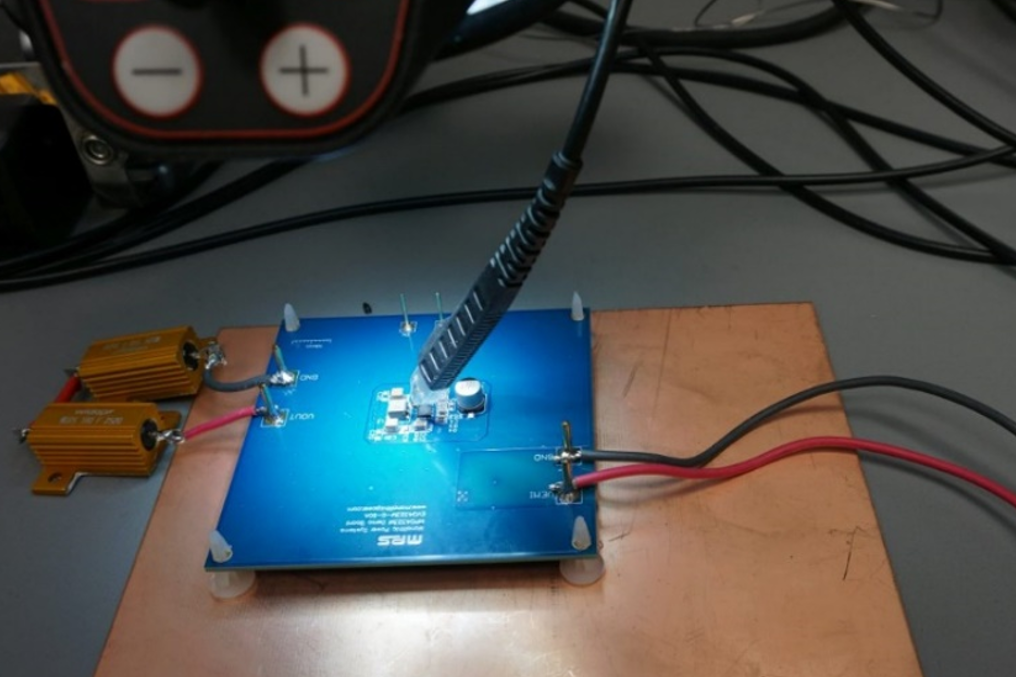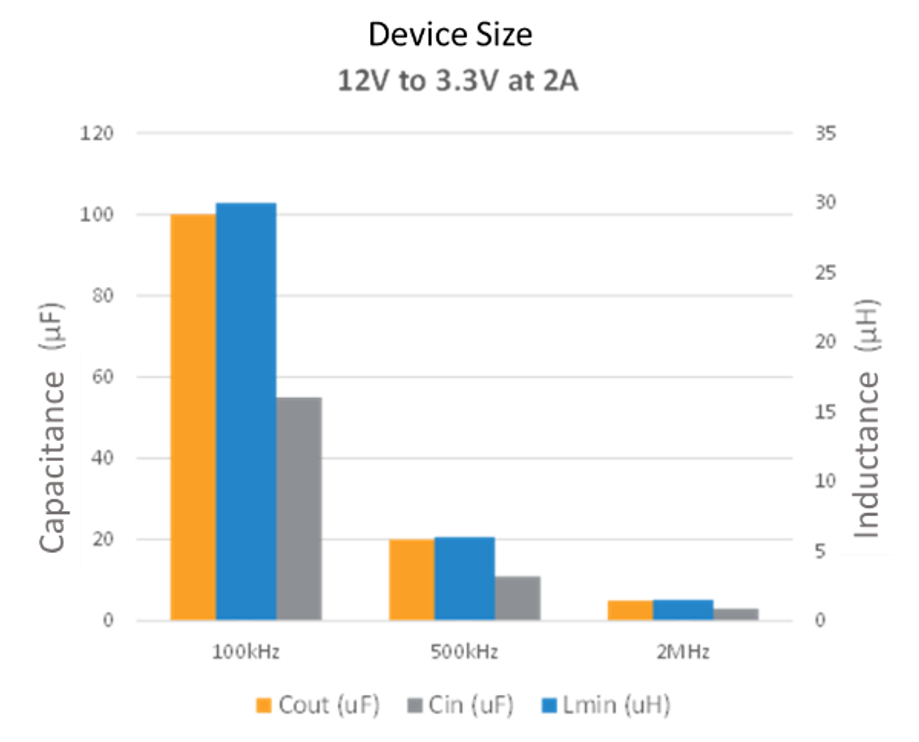Introduction to Starter Batteries
Definition and Role of Starter Batteries in Vehicles
Starting, lighting, and ignition (SLI) batteries, often known as starter batteries, are primarily crafted to deliver a brief yet powerful surge of electrical current, mainly intended for initiating an engine. Differing from deep-cycle batteries, which are engineered to supply consistent power for extended durations, they serve a separate purpose. Within the realm of vehicles, the starter battery energizes the starter motor, illuminations, and the engine's ignition system.
Fundamentally, a starter battery functions as an electrochemical apparatus responsible for storing and dispensing electrical energy. The process of releasing energy occurs via a chemical reaction that transforms stored chemical energy into electrical energy, subsequently supplying the required power to initiate and activate the engine's movement. After the engine is operational, the typical course involves the vehicle's alternator assuming responsibility for supplying power to the electrical systems and simultaneously replenishing the starter battery.
Importance in Internal Combustion Engines and Hybrid Systems
Starter batteries play a straightforward yet crucial role in internal combustion engine (ICE) vehicles: they are essential for commencing the engine's functioning. If a functional starter battery is absent, an ICE vehicle would be unable to trigger its combustion process since the necessary cranking action relies on the power supply to the starter motor.
The advent of automotive technology evolution has brought forth hybrid systems, consequently altering the function of starter batteries to a certain extent. An ICE with an electric motor is combined by hybrid vehicles. Within such systems, the starter battery's role might extend beyond just engine initiation; it could encompass supplying initial power to the electric motor or aiding in various hybrid-specific functions, like facilitating regenerative braking. Even in EV systems, the starter battery, commonly termed the auxiliary battery. Their role involves supplying supplementary power to the DC/DC converter within the EV system, ensuring functional safety measures are maintained. Furthermore, due to the malfunctioning of the DC/DC converter during operation, the auxiliary battery steps in to power the low-voltage system throughout the vehicle. This encompasses critical safety components like the braking system, ensuring the vehicle can be safely brought to a stop.
Moreover, the significance of the starter battery has heightened due to the increased incorporation of infotainment systems, sophisticated electronics and advanced driver-assistance systems (ADAS) within contemporary vehicles, whether ICE or hybrid. Ensuring seamless vehicular operation demands the starter battery's increased centrality, as it must consistently power these systems, even during engine downtime.
The pivotal role of the starter battery within a vehicle's electrical system spans various vehicle types and technological setups, underscoring its centrality beyond doubt. Irrespective of whether it's powering an advanced EV system or a traditional ICE vehicle, the starter battery remains indispensable, guaranteeing consistent operation and enriching the overall vehicular journey.
Basic Functions of Starter Batteries
Starting the Engine
The initiation of the engine's ignition process stands as arguably the most pivotal function attributed to the starter battery, evident from its designated name. Facilitating a surge of electrical current to the starter motor, the starter battery effectively initiates the cranking of the internal combustion engine. The significance of this current lies in its role: it generates the crucial initial spark within gasoline engines or the requisite heat in diesel engines, igniting the fuel-air mixture present in the cylinders. The engine would remain dormant, without this instantaneous delivery of high current.
The design of the starter battery is credited for its capability to consistently supply this high current, ensuring reliable performance. Starter batteries are engineered to rapidly discharge a substantial portion of their stored energy in a brief burst in contrast to deep-cycle batteries that release small amounts of energy gradually over prolonged periods. Under challenging circumstances like extreme cold or extended inactivity, this surge of energy guarantees engine ignition, enabling it to start reliably.
Stabilizing Power Supply
Although the primary role of the starter battery is to initiate the engine, its duties persist beyond the engine's activation. A wide array of electronic components, spanning from fundamental lighting systems to sophisticated infotainment and driver-assist features, are standard in contemporary vehicles. Ensuring a stable and consistent power supply is crucial for these systems, a responsibility in which the starter battery actively participates.
The alternator typically supplies power to these electronics, when the vehicle’s engine is running. Nevertheless, certain situations arise like during startup or when the electrical load surpasses the alternator's output, prompting the battery to intervene and stabilize the power supply. By guaranteeing uninterrupted functionality of all electronic components, the vehicle's performance and the safety of its occupants are upheld. The electronic loads powered by the low voltage system bus usually operate within the voltage range of 9V to 16V, indicating that this supply voltage isn't perfectly regulated at any point.
Energy Storage
The ability of the starter battery to keep energy is the basis for its function. The stored energy isn't just vital for engine ignition; it also serves the purpose of sustaining the vehicle's electrical systems during periods when the engine is inactive. For example, when parked, vehicles commonly preserve memory for digital clocks and radio presets, maintain active security systems, and may also power other functionalities like remote entry systems. The energy needed for these functions is provided by the starter battery.
Moreover, the starter battery's energy storage capacity becomes pivotal when the electrical requirements of the vehicle surpass the output capacity of the alternator, in addition to its passive operations. In scenarios like these, the battery provides additional needed power and hence acts as a reservoir.
Although the starter battery's name suggests its main role, it actually carries out various responsibilities within a modern vehicle. The starter battery plays a central role in the overall performance and functionality of the vehicle, responsible for both starting the engine and ensuring the smooth operation of numerous electronic components.
Technical Requirements for Starter Batteries
Cold-Cranking Amps (CCA)
For starter batteries, cold-cranking Amps (CCA) is a crucial component. The battery’s ability to begin an engine under cold conditions is measured by CCA. In particular, cold-cranking Amps (CCA) gauge the number of amperes a lead-acid battery can provide for 30 seconds at 0°F (-17.8°C), sustaining a voltage higher than 7.2V for a 12V battery. Most vehicles typically necessitate cold-cranking Amps (CCA) ranging from 250 to 600, while buses might demand up to 1000CCA, which depends on the size of the Internal Combustion Engine (ICE).
What makes this specification so vital? The engine oil thickens, and concurrently, the chemical reactions within the battery decelerate in colder climates, resulting in increased internal resistance. Consequently, starting the engine becomes more challenging for the starter motor. Guaranteeing dependable vehicle starts throughout the winter season, greater CCA values signify the battery's capability to deliver increased power in such demanding situations. While CCA is designed for an environmental temperature of –17.8°C, certain regions on the planet, such as Siberia, can experience temperatures as low as -50°C.
Reserve Capacity (RC)
Although under a particular high-load and short-duration scenario CCA evaluates a battery's performance, reserve capacity (RC) provides information about the battery's durability or endurance. In minutes, reserve capacity (RC) signifies the period during which a fully charged battery can supply 25A at 80°F (26.7°C) before its voltage decreases below the critical threshold of 10.5V. In sizing the electrical system of a vehicle, this voltage threshold is imperative. Considering that electric loads typically operate fully above a 9V supply voltage, factoring in the voltage drop of the cable harness, it's crucial to measure the 10.5V threshold at the battery terminals.
The value of the reserve capacity lies in its assessment of the battery's capacity to sustain vehicle electrical systems in case of alternator’s malfunctioning. The vehicle will completely rely on the battery’s stored energy if the alternator becomes inoperative. A greater reserve capacity (RC) indicates the battery's ability to support these requirements over a longer duration, providing the driver with more time to seek help or reach their intended destination.
Battery Life and Cycle Life
Battery Life: The complete life cycle of the battery is represented by battery life, concerning its reduction in capacity and rise in internal resistance, starting from its initial use until it reaches the point where it cannot supply the necessary energy to start the vehicle anymore. Battery life can be influenced by various factors such as the frequency of deep discharges, environmental conditions (like repeated exposure to high temperatures, which might shorten the battery's lifespan), and the level of maintenance quality.
Cycle Life: Another concept closely associated but separate is cycle life, which measures the quantity of complete charge/discharge cycles a battery can endure before its capacity diminishes below a designated threshold, typically around 80% of its original capacity. Within the realm of starter batteries, where deep discharge and recharge cycles are infrequent, cycle life holds less significance compared to other applications, such as high-voltage batteries in electric vehicles. However, valuable insights into battery durability are offered by understanding cycle life, particularly in situations where the battery undergoes frequent discharges, as seen in vehicles equipped with advanced stop-start systems.
The essential technical specifications for starter batteries encompass a combination of performance characteristics designed specifically to guarantee endurance, reliability, and prolonged lifespan. To evaluate and choose batteries that best match their distinct vehicular and environmental requirements, these measurements empower both engineers and consumers.










直接登录
创建新帐号